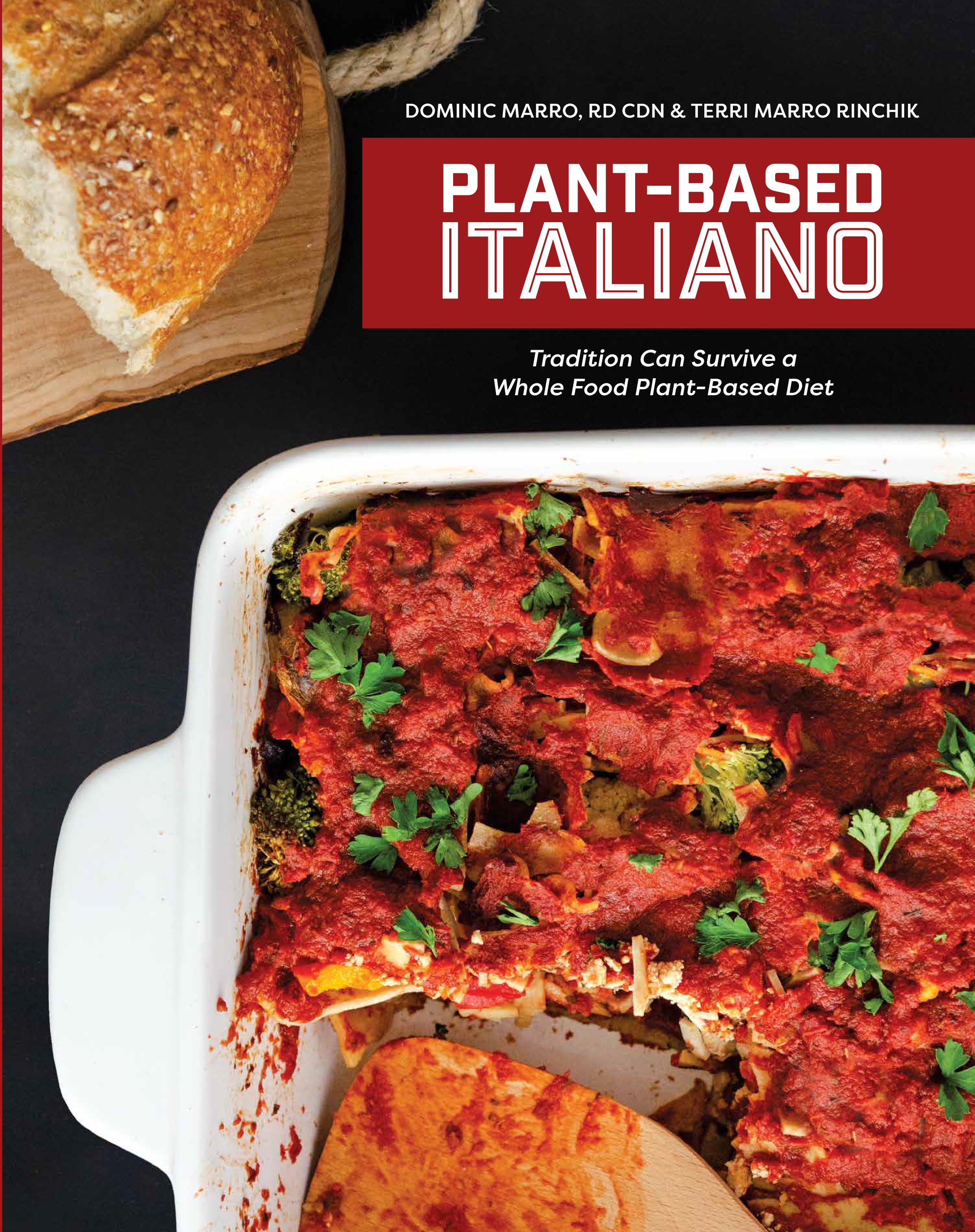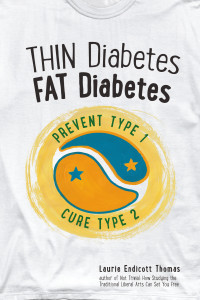We’ve known for decades that bone fractures are more prevalent in populations consuming large amounts of dietary calcium than populations consuming lower amounts of dietary calcium.
Populations consuming large amounts of dietary calcium also tend to consume large amounts of animal protein.
One explanation for the increased fracture rate among high calcium eating populations is that the acid-forming quality of animal protein leads to calcium leaching from bones. Dr. Michael Greger, on his great web site “Nutritionfacts.org”, explains that this theory made sense because study after study shows that animal protein increases calcium excretion in the urine. It was thought that calcium from bones is used to buffer the increased acidity in the body caused by animal protein intake. Dr. Greger points out that this theory has been put into question by some high quality research studies.
For details click here.
These studies show that increased intake of animal protein seems to increase the absorption of calcium and that the increased amount of calcium in the urine represents the extra dietary calcium that was absorbed, not calcium from bones.
It’s important not to automatically throw out a theory when one or a few studies suggest a different paradigm. However, these recent studies should cause WFPB advocates to consider possible alternative reasons to explain why the prevalence of bone fractures is high in populations who consume large amounts of dietary calcium and animal protein.
In her book “Building Bone Vitality” Amy Joy Lanou PhD explains that research shows that the relationship between fruits and vegetables and bone health is stronger than the relationship between calcium or dairy and bone health.
One explanation for this is that fruits and vegetables (along with sunshine) provide calcium AND the “mortar” nutrients needed for strong, healthy, fracture resistant bones.
The “Mortar” Nutrients include:
Vitamins – Vitamin C, Vitamin K, Vitamin A, Vitamin B6, Folic Acid, Vitamin D
Minerals – Boron, Copper, Fluoride, Magnesium, Manganese, Phosphorous, Silica, and Zinc
Macronutrients – essential fatty acids and protein (just not too much)
Vitamin D deserves special mention –
- Helps absorb calcium from the digestive tract
- Helps to move calcium from the blood stream into bone
- Main source of vitamin D = production in skin in response to sunlight
The relationship between animal protein and increased bone fracture risk may better be explained by animal protein’s displacement of bone friendly fruits and vegetables. Even if the “calcium leaching from bone theory” is proven to be debunked, the link between animal protein and increased risk of bone fracture still remains. We must remember the strong link between animal foods and the leading chronic diseases in America, such as Coronary Artery Disease, Type II Diabetes and common cancers. We must also remember the mountains of evidence that show the overall health promoting effects of whole plant foods. Therefore, the following recommendations by Amy Lanou still make a great deal of sense.
Bones are better served by:
- Increasing fruit and vegetable servings (at least 6 servings)
- Avoiding or limiting protein from animal sources
- Exercising regularly (at least 30 minutes/day)
- Getting adequate sunshine or supplemental vitamin D
- Getting calcium and “mortar” nutrients from plant sources






 E Excerpt from Laurie Endicott Thomas’s amazing book Thin Diabetes – Fat Diabetes by clicking here!
E Excerpt from Laurie Endicott Thomas’s amazing book Thin Diabetes – Fat Diabetes by clicking here!
Speak Your Mind